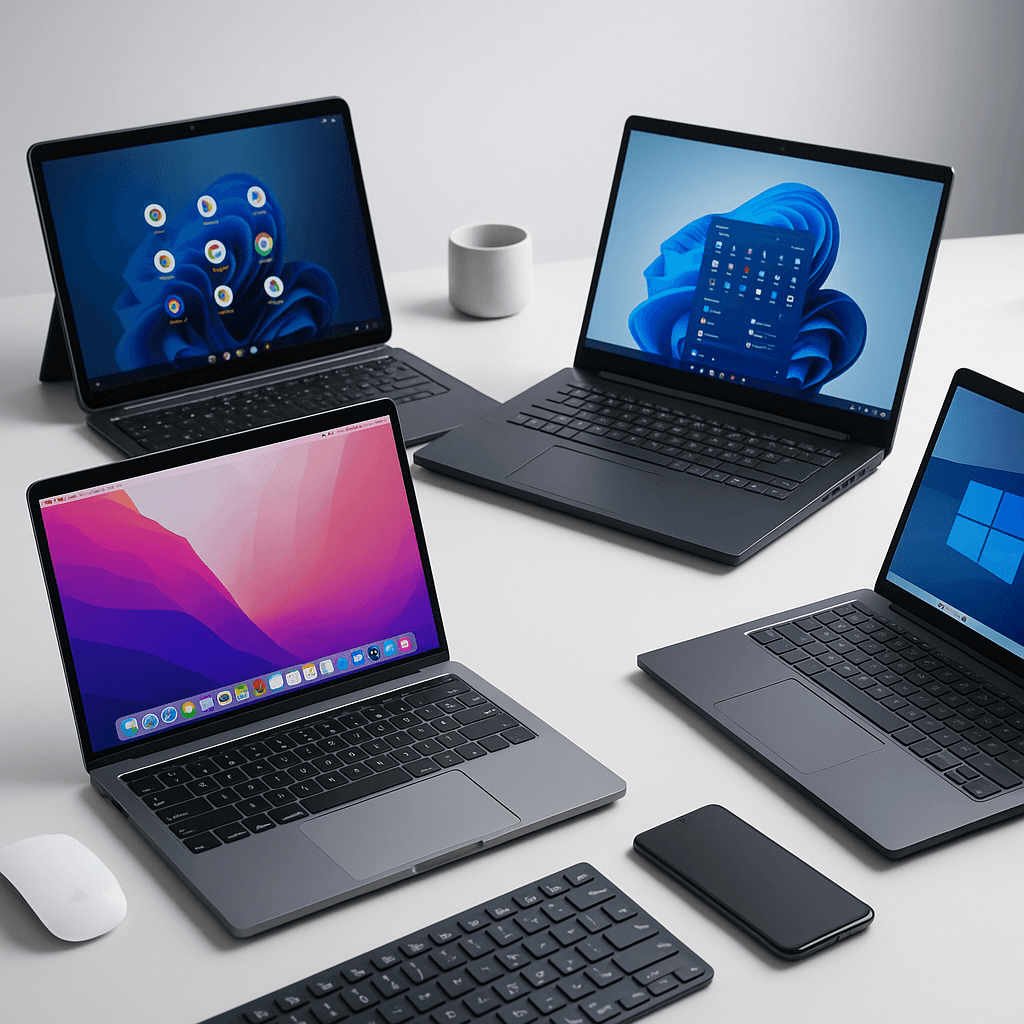WIRED just dropped its updated 2025 laptop buying guide, and the landscape looks dramatically different than even a year ago. The comprehensive roundup of 16 top machines reveals a three-way CPU war that's reshaping what we expect from portable computing, with battery life becoming the new battleground that matters most to buyers.
The laptop market just got a major reality check. WIRED's latest comprehensive buying guide reveals an industry in the middle of a fundamental shift, where the old Intel-dominated order is facing serious challenges from both Apple's M-series silicon and Qualcomm's surprise ARM uprising.
Luke Larsen, who's been reviewing laptops for a decade, doesn't mince words about what's happening. "All three companies have good options but it really depends on the type of laptop," he writes, but the data tells a more dramatic story. Qualcomm made what he calls "a huge entrance in 2024" with Snapdragon X chips that emphasize efficiency over raw power - and it's working.
The numbers back up this tectonic shift. According to Mordor Intelligence market data, the average laptop purchase now sits at $750, landing squarely in midrange territory. But that's just the starting point for what's become a three-tier market that's forcing buyers to make harder choices than ever.
Apple continues to set the premium standard with its M4-powered MacBook Air, now starting with 16GB of RAM as the new baseline. But the real surprise is how Microsoft's Surface Laptop with Qualcomm chips has earned a spot as WIRED's third-best overall pick, beating out traditional Intel machines on battery life alone.
"These ARM-based chips, like Apple's M-series chips, emphasize efficiency, which drastically improves battery life," Larsen explains. "This has been a game-changer for Windows laptops across a wide range of price points." The Snapdragon X Elite delivers flagship performance while the base Snapdragon X shows up in budget machines, creating an efficiency advantage that Intel is scrambling to match.
Intel isn't going down without a fight, despite what Larsen diplomatically calls the company's "financial woes." The Core Ultra Series 2 chips, particularly the Lunar Lake V-series, represent Intel's strongest battery life response yet. "The company put out a surprisingly strong release," he notes, though admits Intel's chip lineup has become "convoluted and horribly confusing" with three different architectures released in the past year.












